Managing Fabry Disease
Many factors should be considered when managing Fabry disease
Fabry disease is a chronic, progressive, multisystem disease.1,2 Managing such a disease relies on several key factors such as:
- Initiating treatment early before irreversible organ damage occurs1
- Carefully monitoring multiple organ systems3,4
- Individualizing management (ie, specific genetic mutation, symptoms, and presentation of disease)3,4
- Stabilizing disease progression in various organ systems5,6
Clinical vigilance and regular monitoring are vital
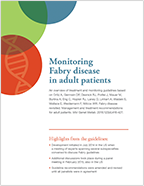
Even if no apparent symptoms are present at baseline or at follow-up appointments, complications involving the organs can still occur.4 For this reason, routine assessments and monitoring are key in the management of Fabry disease. In addition, baseline values should always be obtained.4
For recommended assessments and schedules for monitoring specific organs affected by Fabry disease, download the PDF now.
Management goal: disease stability
An important goal in the management of Fabry disease is achieving stability in the organ systems impacted by the disease.5,6 Stabilizing disease progression in both cardiac and renal systems is of particular importance, as damage to these 2 organ systems can have a life-threatening impact on patients.6,7 Management strategies should include the use of available imaging and laboratory tests to monitor cardiac and renal disease progression.6
Only 2 types of treatments are currently approved for Fabry disease
Two approved treatments approaches in use in certain countries are:
- Small-molecule chaperone therapy, which is currently available in the European Union, Switzerland, Japan, South Korea, Australia, Argentina, and the United States
- Enzyme replacement therapy (ERT), which is currently available in countries globally
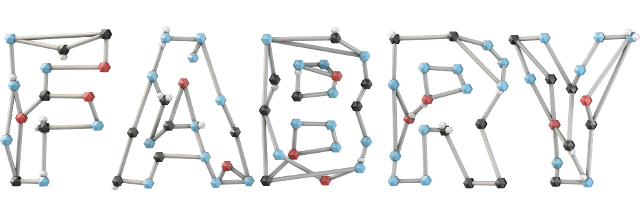
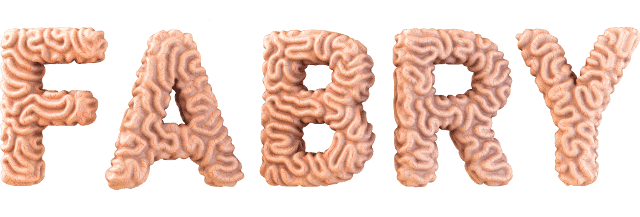
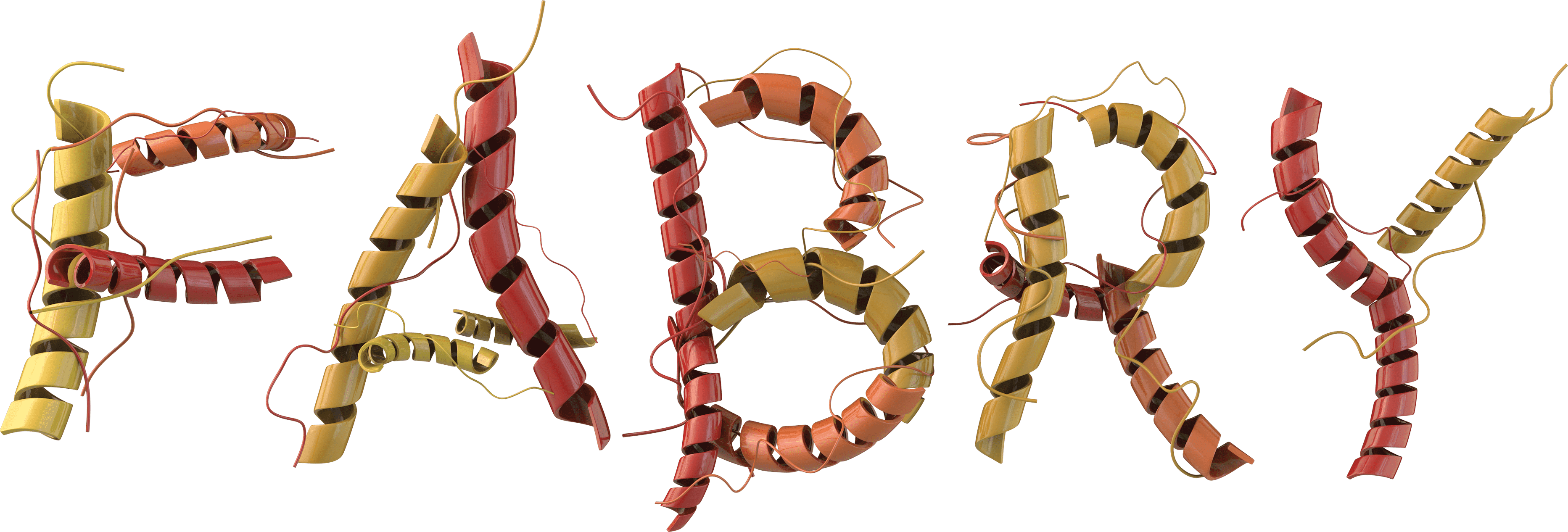

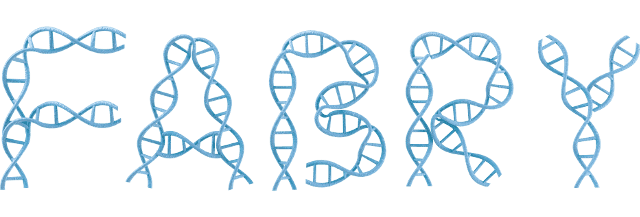

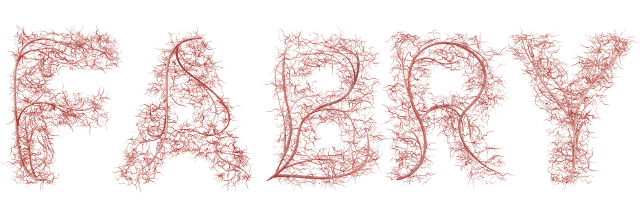 Facts
Facts